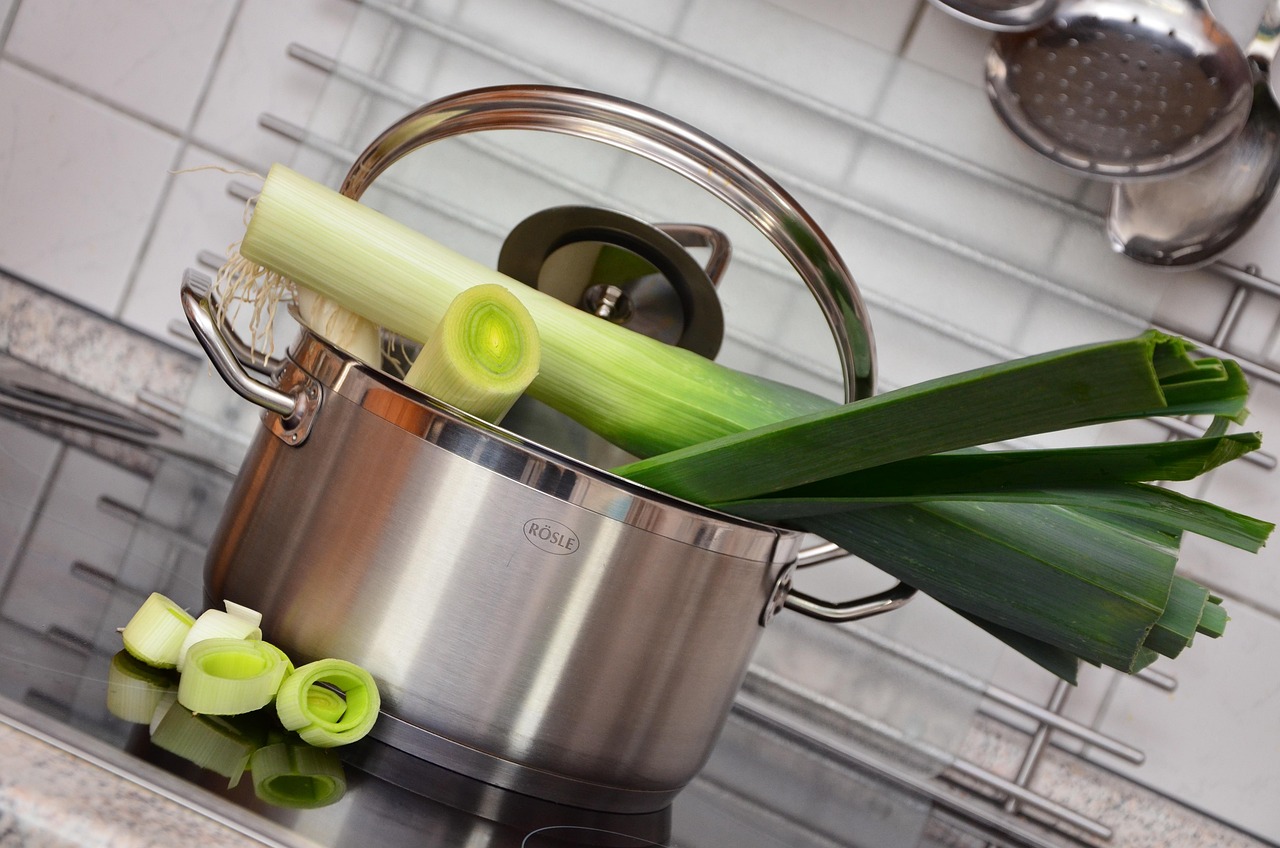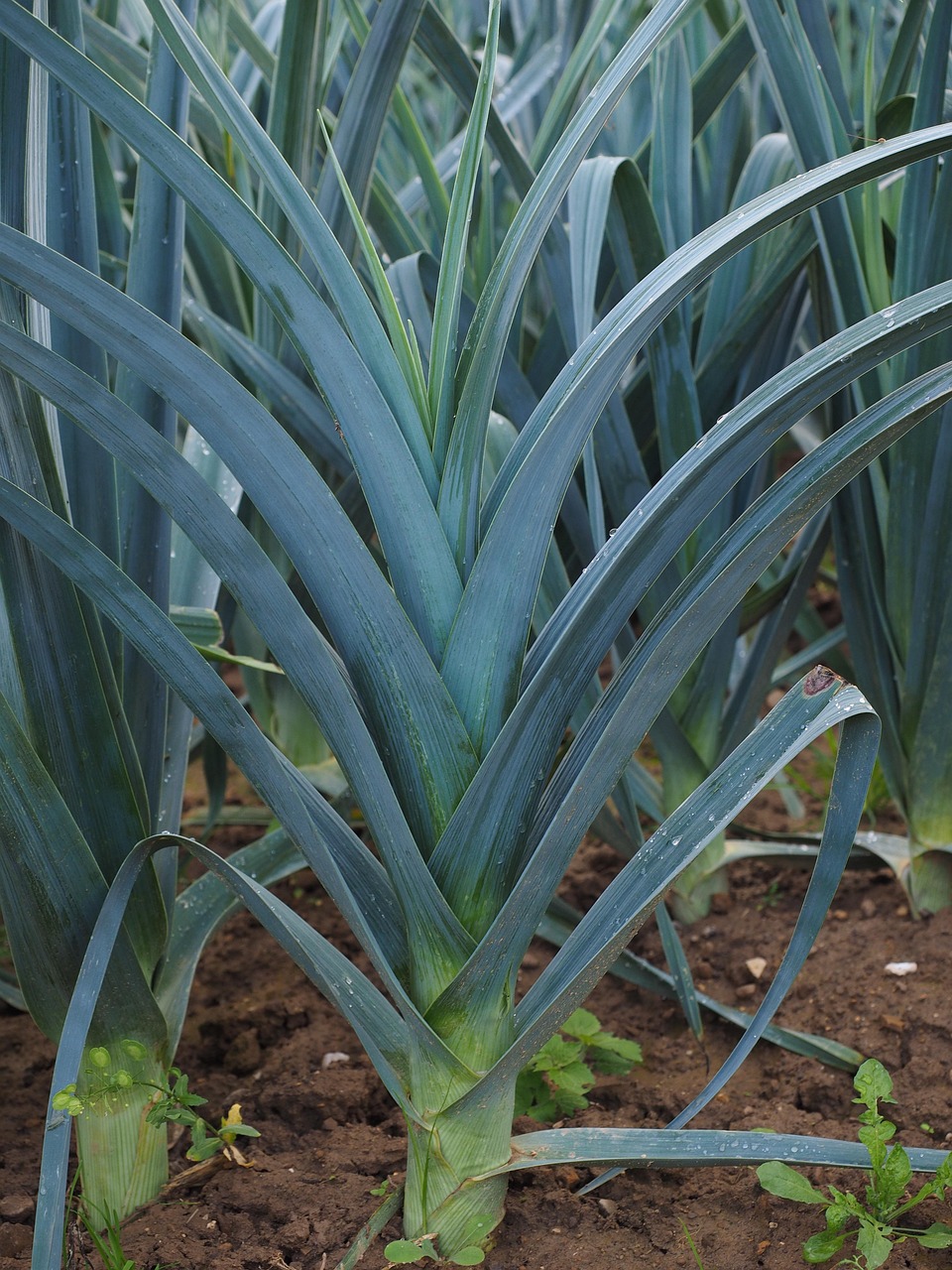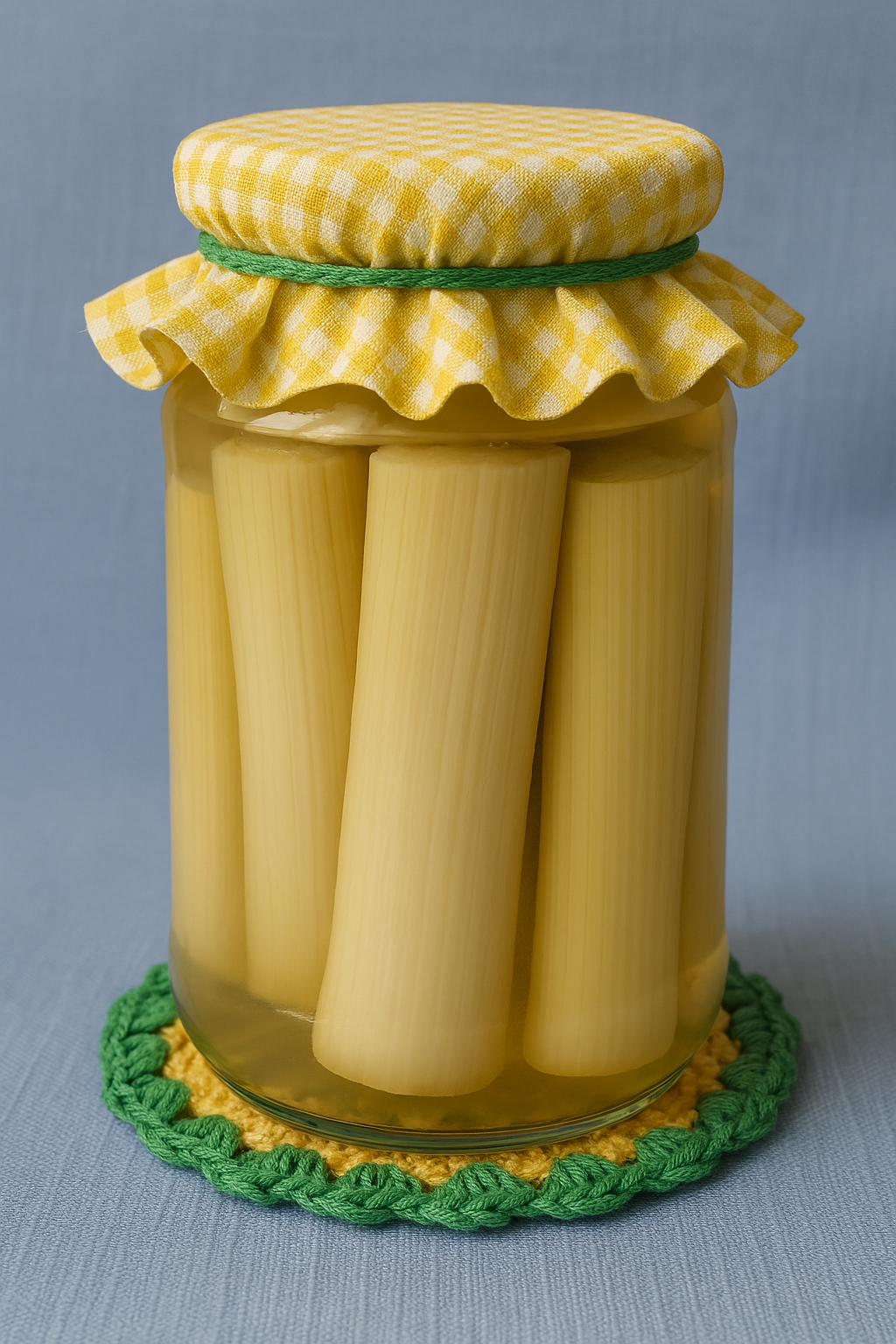
The leek is much more than an accompanying vegetable. It's an ancestral food that has conquered kitchens in various corners of the world thanks to its unique flavor and nutritional properties.
What is a leek and which food group does it belong to?
The leek is a vegetable from the lily family (Allium) characterized by its long, cylindrical stem, formed by white leaves and a more fibrous green part. Its flavor, milder and sweeter than onion, makes it ideal for preparations that require a delicate touch without being too strong.
Leek cultivation: Conditions and development times

Leek cultivation requires certain conditions to reach its maximum potential:
Growing conditions:
- Ideal climate: Prefers temperate or cold climates, with moderate winters and cool summers. It develops optimally in well-drained soils rich in organic matter. Paraguay's generally warm and humid climate is not ideal for leeks.
- Growing time: Depending on the variety, leeks take between 3 and 4 months to grow completely.
- Sizes and development factors: Leeks can reach considerable sizes, measuring up to 80 centimeters and weighing more than one kilogram under optimal conditions. The world record for the largest leek was grown in the United Kingdom, reaching a weight of 9.75 kg.
Vegetables most similar to leek
Among the products most similar to leek are:
Similar vegetables:
- Onion: Although both belong to the same family, leek has a less intense and more delicate flavor.
- Scallion: Its thin leaves offer a similar texture in some preparations, but leek provides more body and sweetness.
- Shallot: Shares flavor notes, although leek stands out for its smoothness and versatility.
Nutritional value and health benefits
Leek is an excellent source of vitamins (such as A, C and some B complex), minerals (including iron, calcium and magnesium) and fiber. Among its benefits are:
Health benefits:
- Antioxidant properties: Helps combat oxidative stress.
- Cardiovascular health: Its fiber content and certain bioactive compounds may help regulate cholesterol and blood pressure.
- Digestion: Promotes intestinal transit and acts as a prebiotic.
- Low in calories: Ideal for balanced and healthy diets.
Tradition in leek use

Leek has a long history of use dating back to antiquity; there are records indicating its consumption for more than 4,000 years in Mediterranean and Asian civilizations like Egypt and China or Rome and Greece, where they already appreciated leek considering it a food for warriors due to its energizing properties. Today, notable uses include:
Traditional use by regions:
- Europe: In France, leek is the protagonist in dishes like the famous vichyssoise (a cold leek and potato soup) and is used in stews and quiches or tarts. In the United Kingdom, it is a national symbol of Wales.
- Asia: Chinese and Japanese cuisine also take advantage of its delicate flavor in soups, stir-fries and steamed preparations.
Leek in Paraguayan cuisine
In Paraguay, leek is beginning to have an increasing presence in local cuisine:
Uses in Paraguay:
- Empanadas and tarts: Leek provides a subtle flavor that complements meats, cheeses and other vegetables.
- Gourmet sauces: Two outstanding restaurants such as Talleyrand Shopping del Sol in Asunción and Sal Ginkeria in San Lorenzo have created specialties with leek sauce, enhancing the country's culinary identity.
Formats and opportunities

Due to its small size and discontinuous supply in supermarkets, versions in other formats could be an opportunity to ensure a constant and convenient supply, especially in professional and home cooking:
Different available formats:
- Fresh leek: Use of white and light green parts. The upper part can be used for vegetable broths. It is kept refrigerated or frozen.
- Preserved leek: Larger size, extended shelf life, 100% usable. Ideal for periods of high demand or low availability.
- Dehydrated leek: Long shelf life, ready to hydrate and use, solving supply problems.
Conclusion
The versatility of leek in its various formats opens a great opportunity for chefs and amateur cooks to explore new flavors, create original culinary experiences and incorporate into their dishes a healthy, delicious ingredient full of potential.
If you want to discover more about gourmet ingredients and how to incorporate them into your kitchen, don't hesitate to visit our blog, where you'll find useful articles and delicious inspirations.




